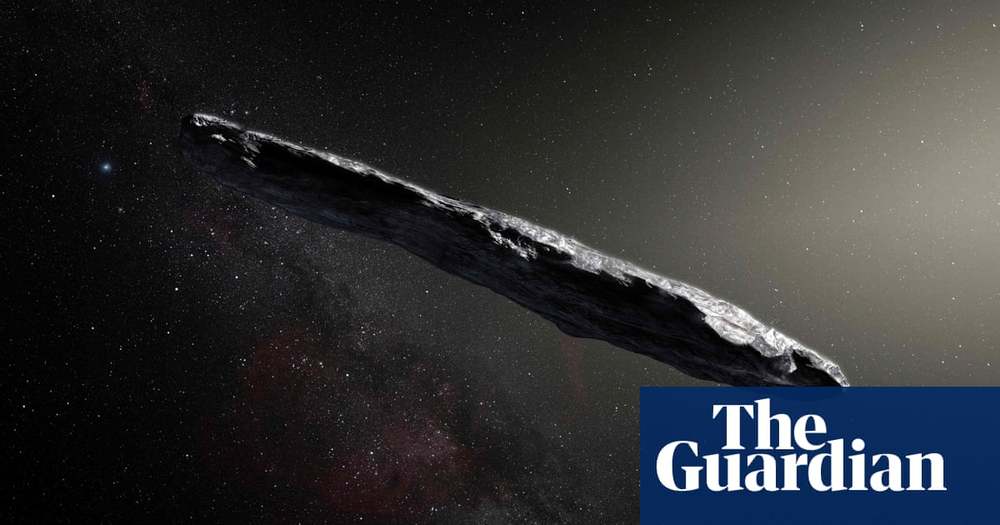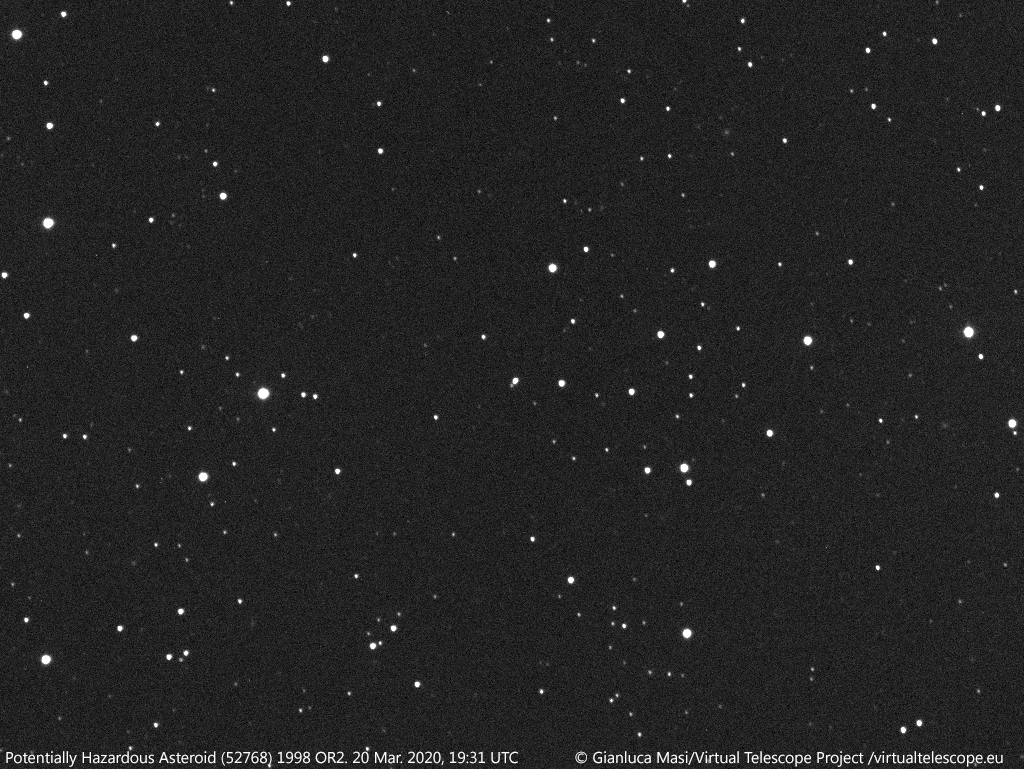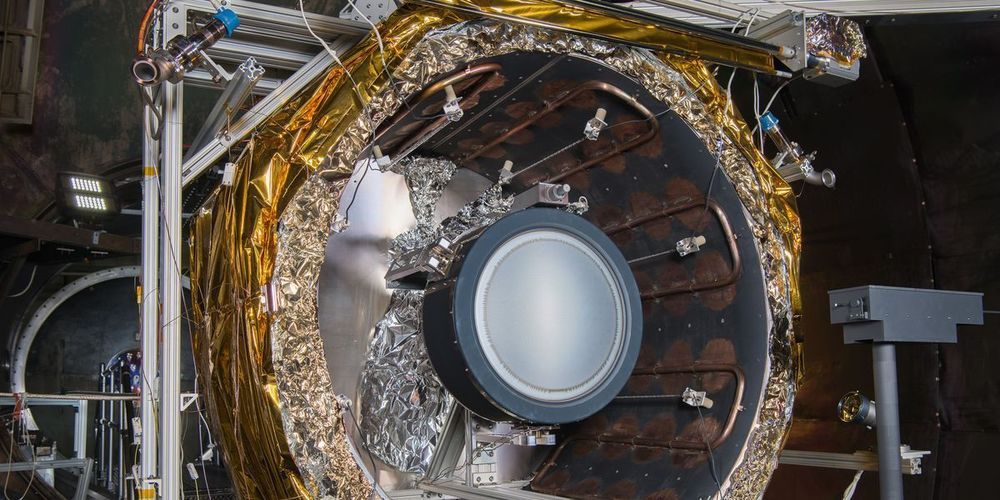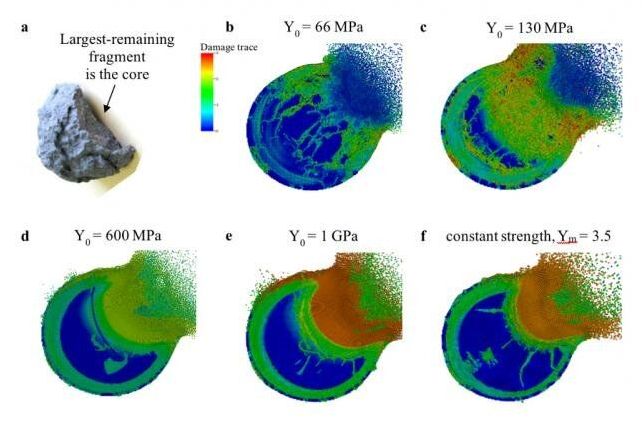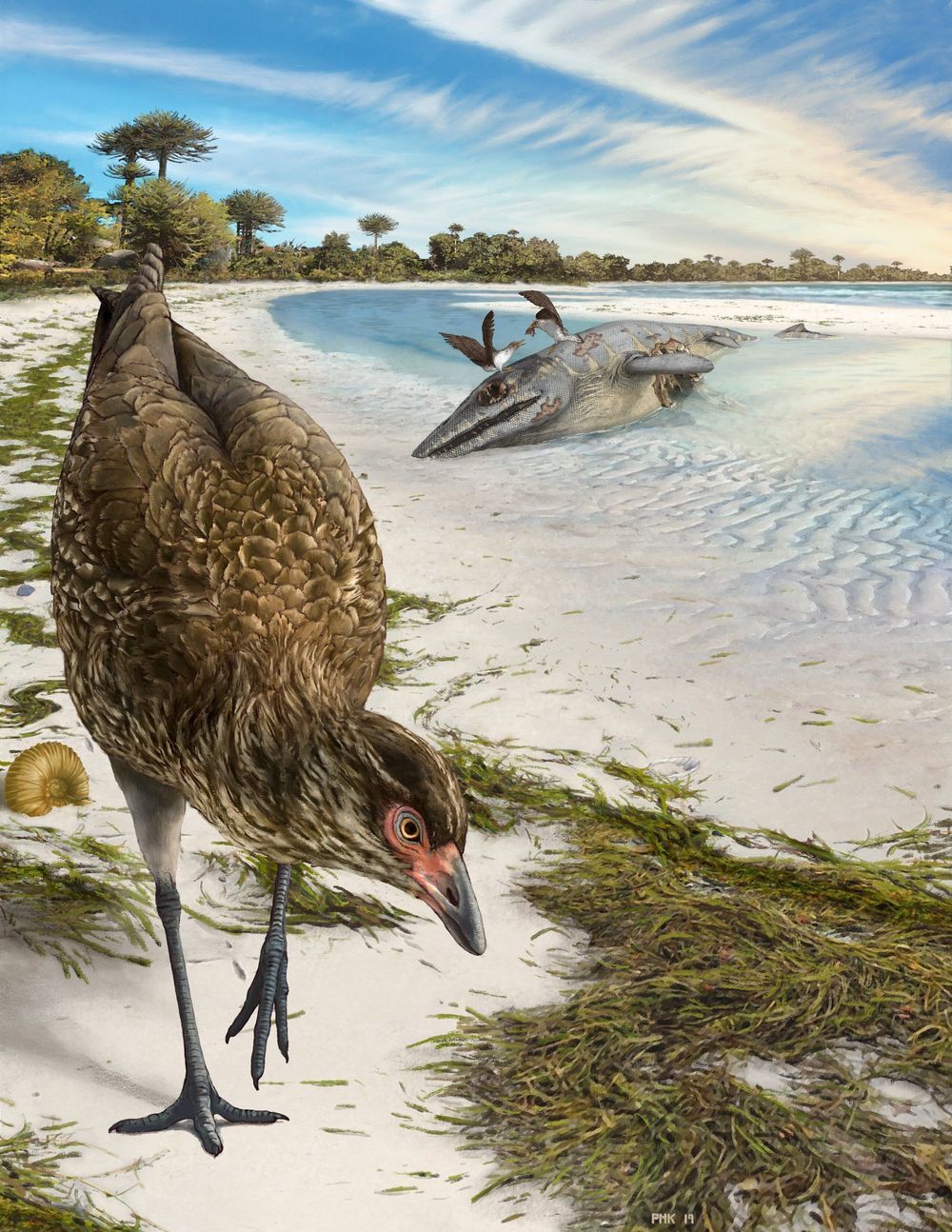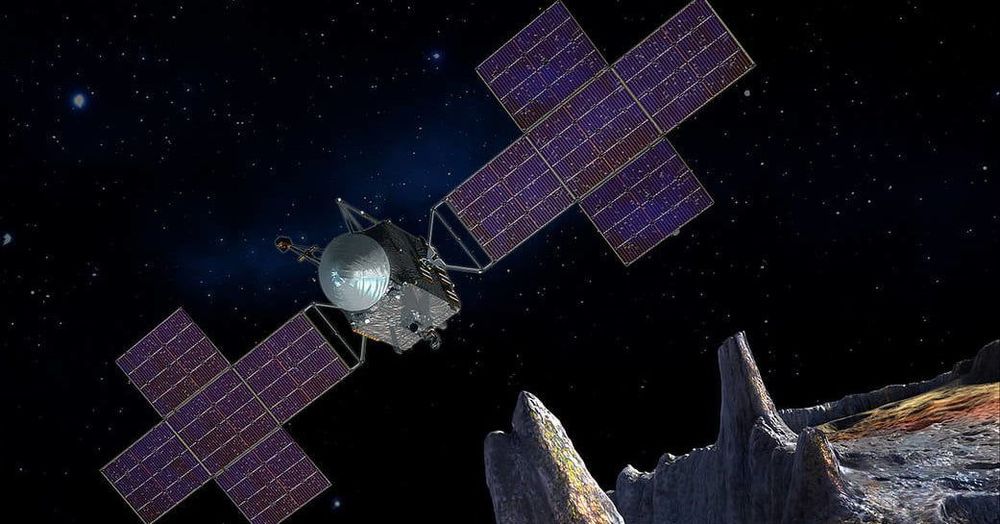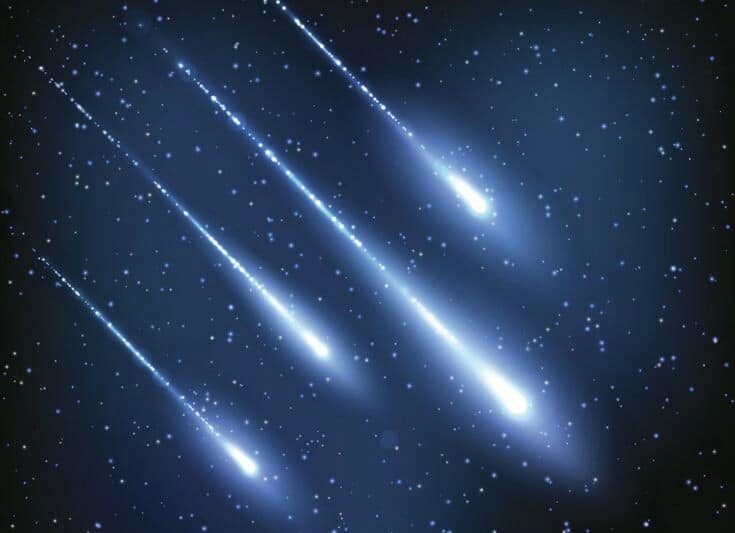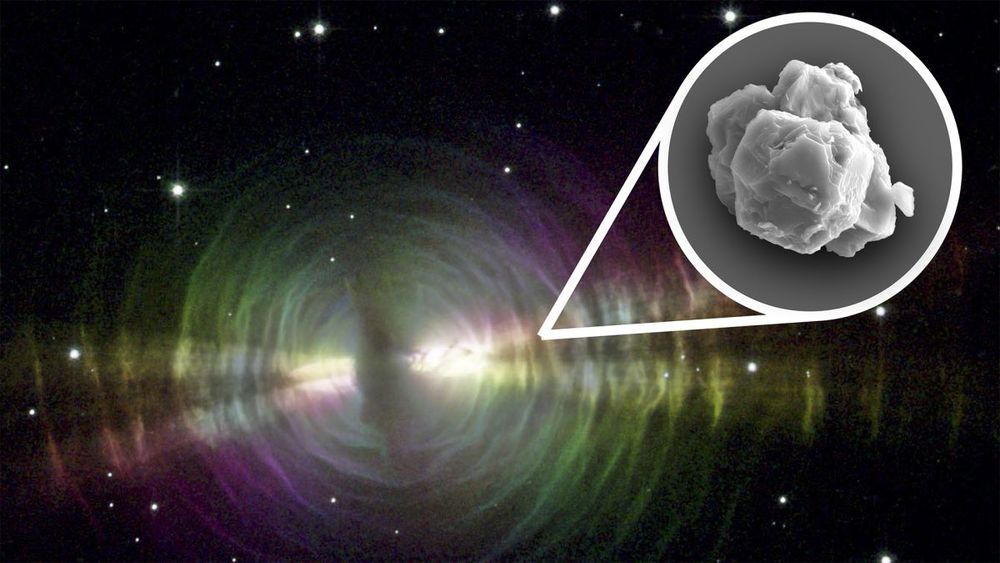The cigar-shaped interstellar visitor to our solar system known as ‘Oumuamua could be the remnants of a larger body that was torn apart by its host star, according to researchers.
The dark, reddish object that hurtled into our solar system in 2017 and was named after the Hawaiian word for messenger or scout has long puzzled scientists.
Among its peculiarities is the lack of an envelope of gas and dust that comets typically give off as they heat up. Further work by experts suggested the body was accelerated by the loss of water vapour and other gases – as seen with comets but not asteroids. The upshot was that ‘Oumuamua was labelled a “comet in disguise”.
